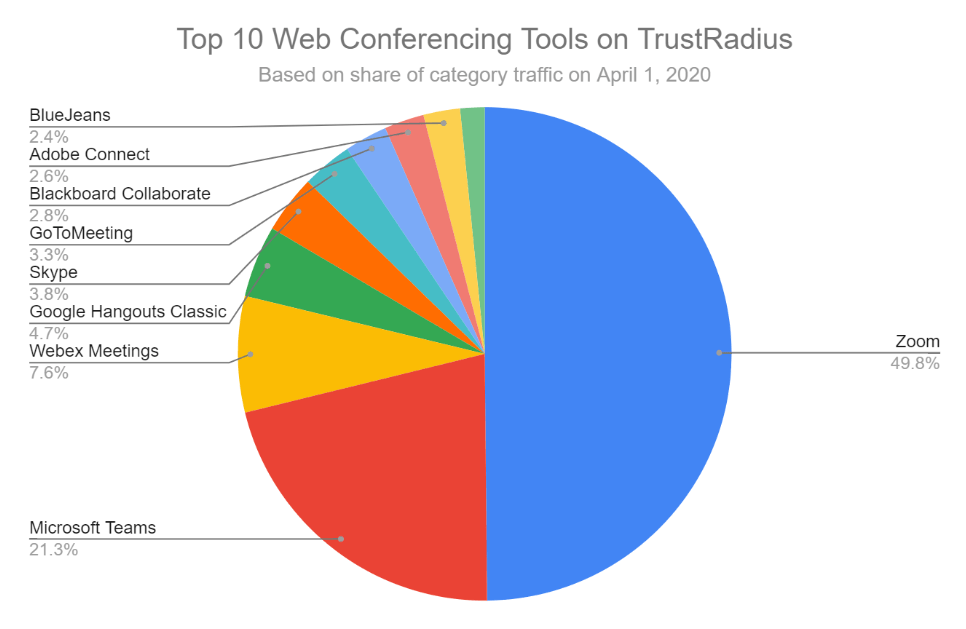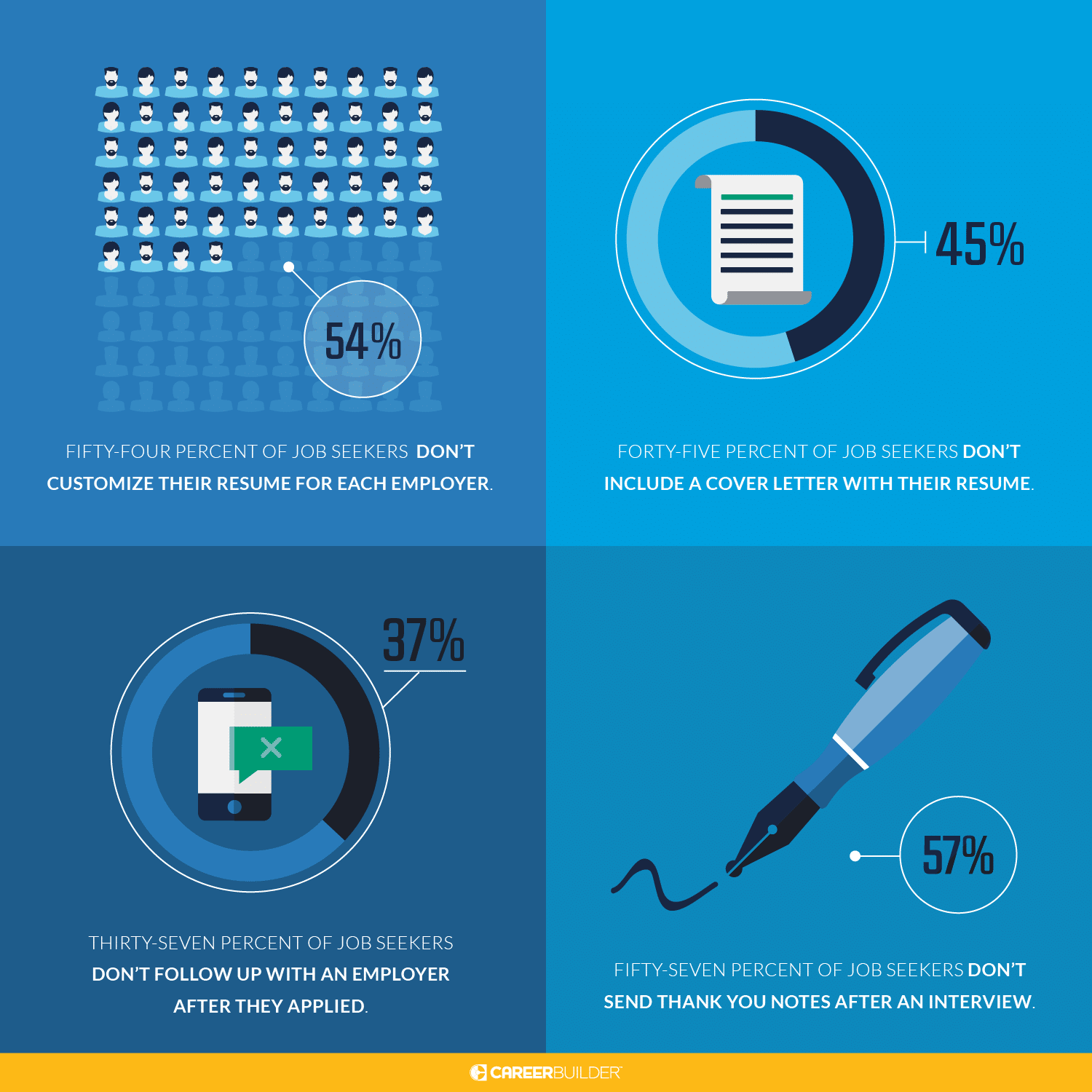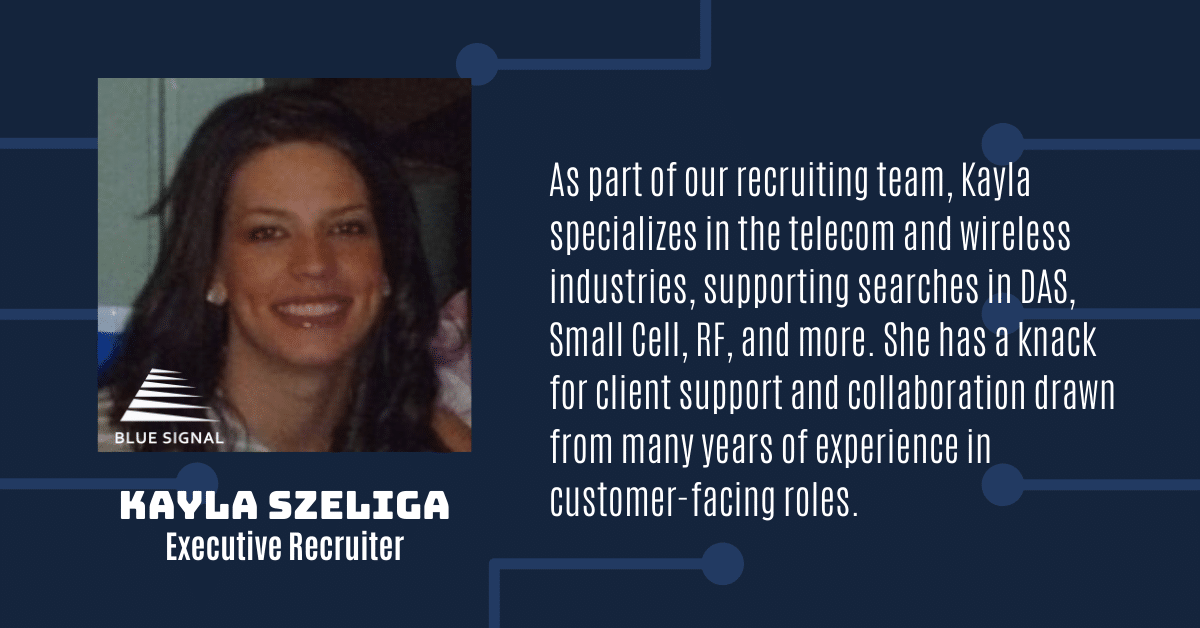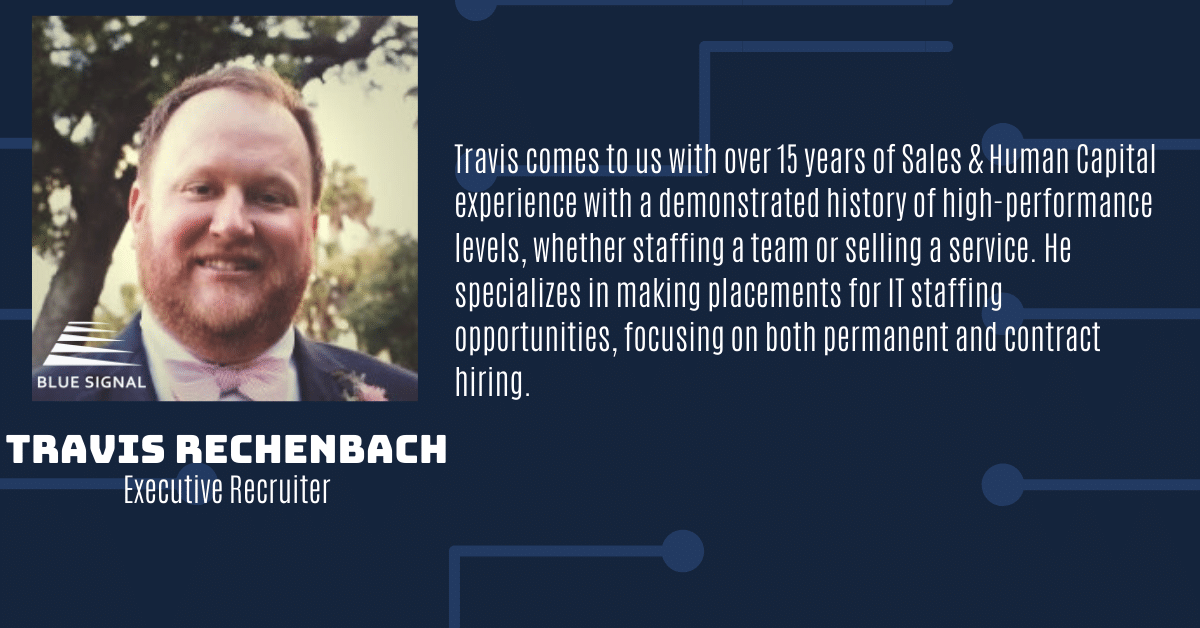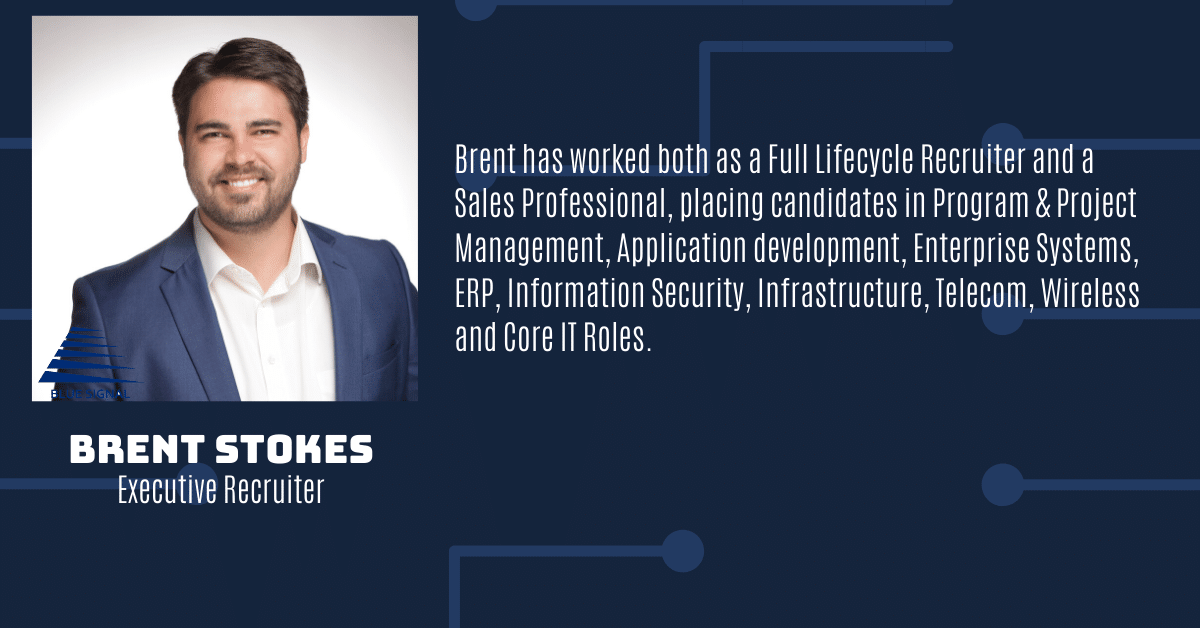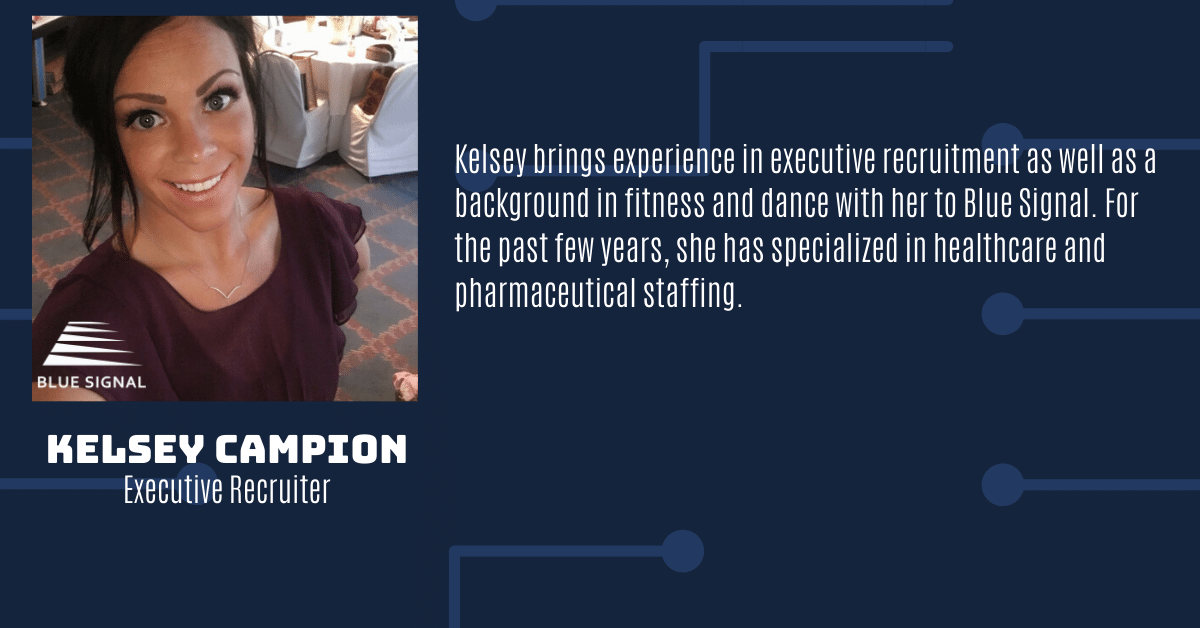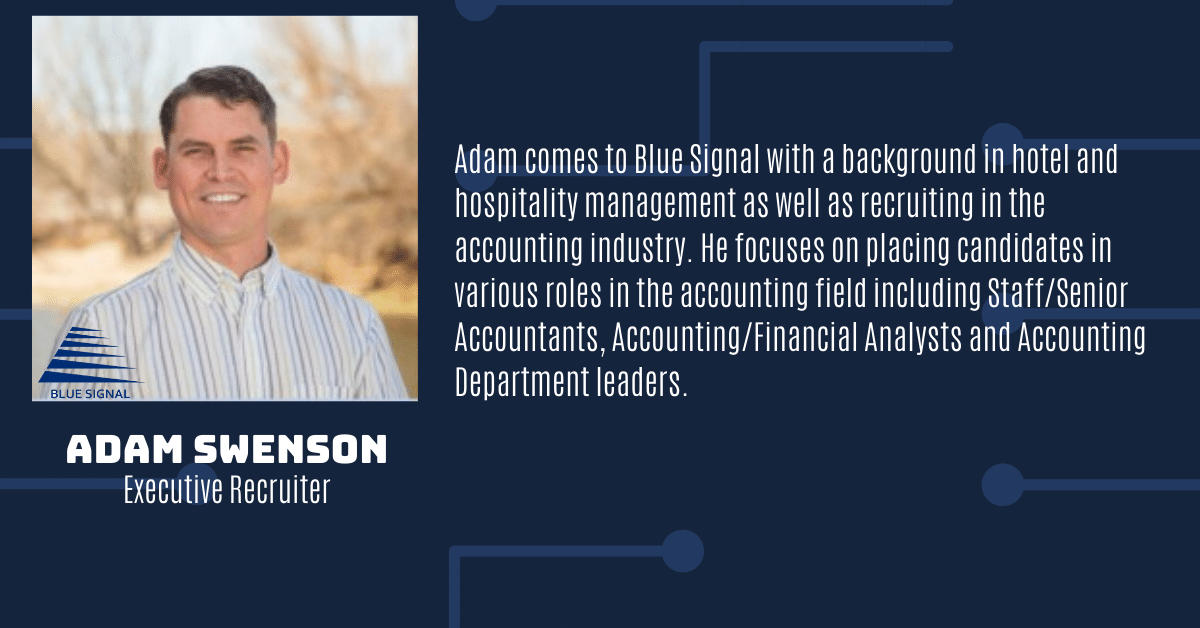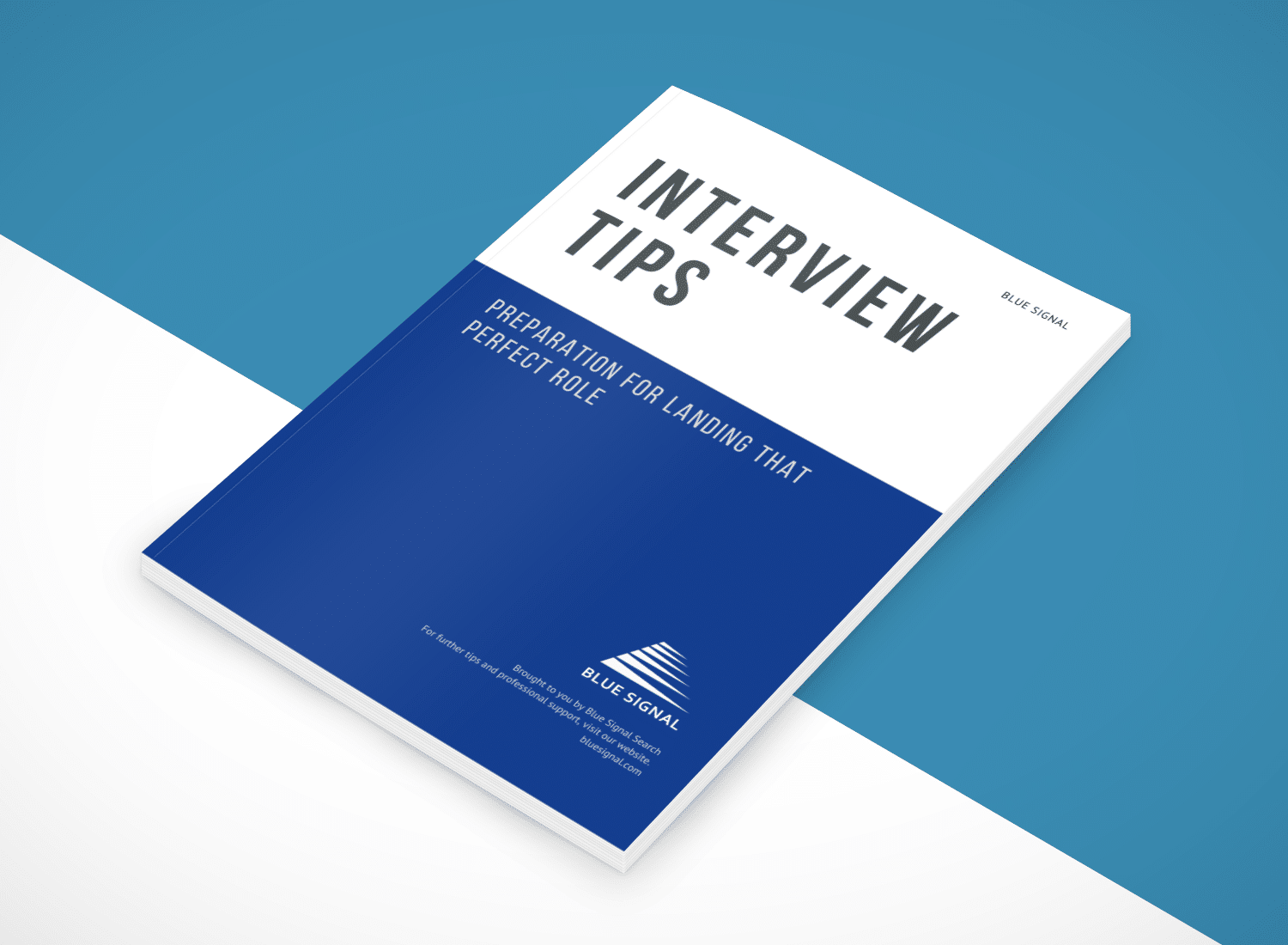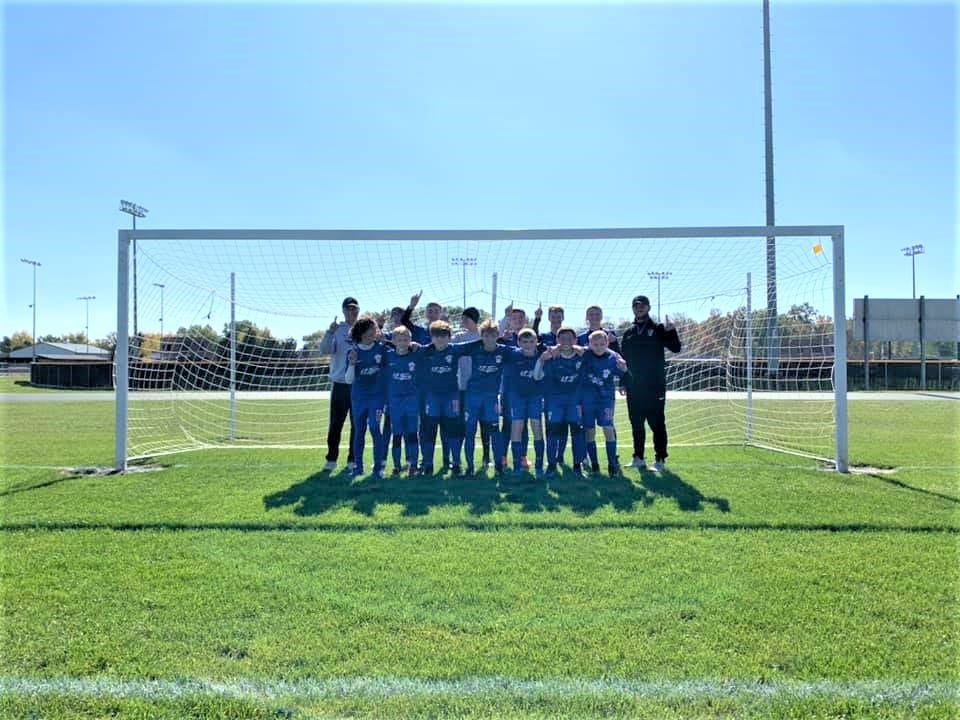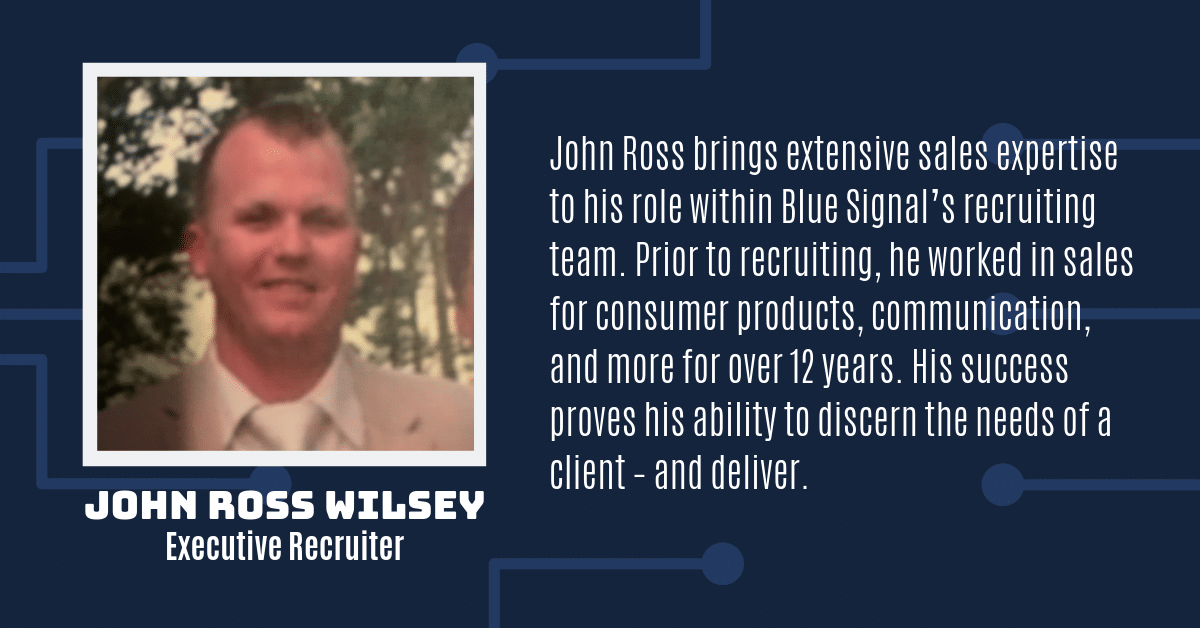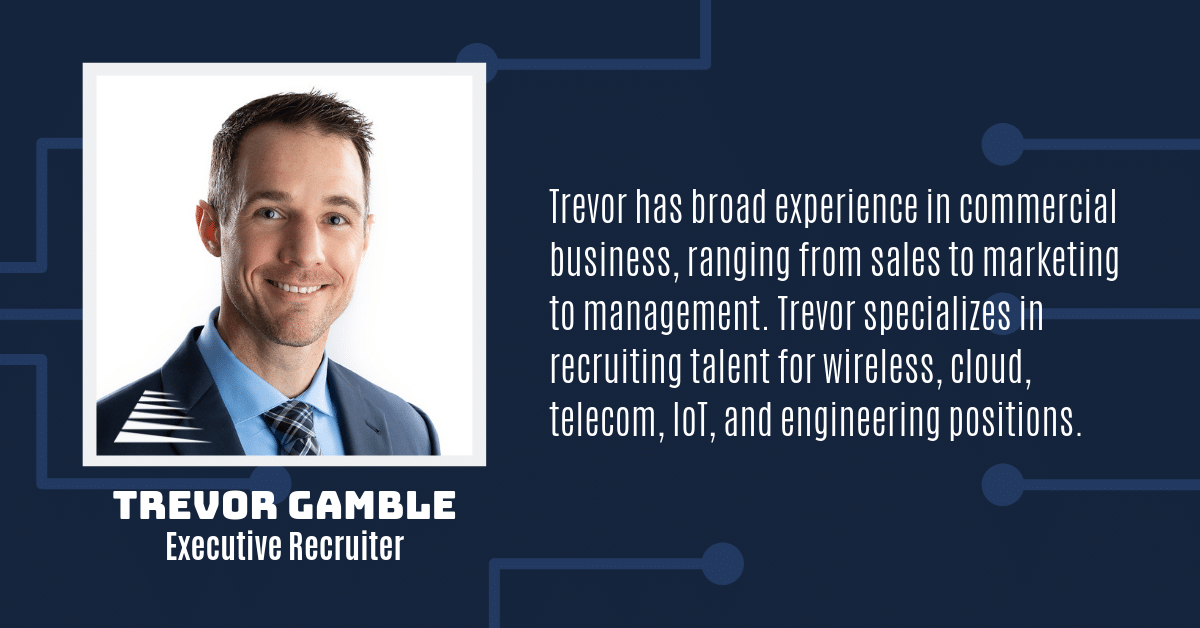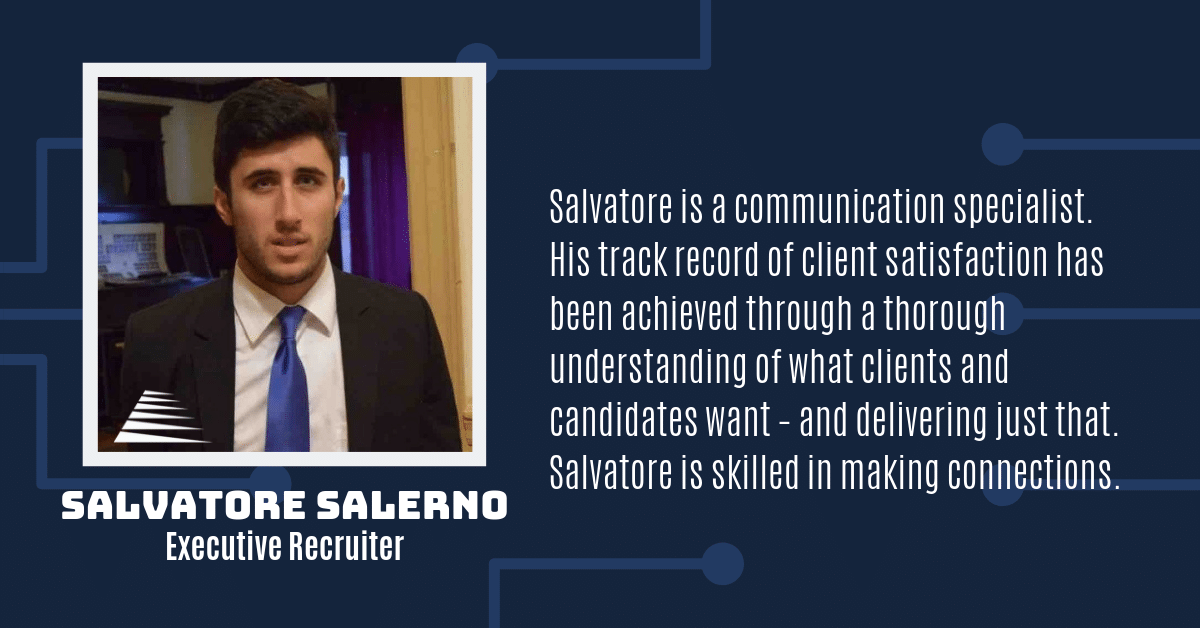Phoenix, AZ; March 25th, 2022 – Inc. magazine today revealed that Blue Signal is No. 89 on its third annual Inc. 5000 Regionals Southwest list - the most prestigious ranking of the fastest-growing private companies based in Arizona, New Mexico, Oklahoma, and Texas. Born of the annual Inc. 5000 franchise, this regional list represents a unique look at the most successful companies within the Southwest region economy’s most dynamic segment – its independent small businesses.

The companies on this list show a remarkable rate of growth across all industries in the Southwest region. Between 2018 and 2020, these 141 private companies had an average growth rate of 154% percent and, in 2020 alone, they added 10,563 jobs and nearly $10.9 billion to the Southwest region’s economy. Companies based in the Austin, Texas; Scottsdale, Arizona’ and Fort Worth, Texas, areas had the highest growth rates overall.
Complete results of the Inc. 5000 Regionals Southwest, including company profiles and an interactive database that can be sorted by industry, metro area, and other criteria, can be found at inc.com/southwest.
“This year’s Inc. 5000 Regional winners represent one of the most exceptional and exciting lists of America’s off-the-charts growth companies. They’re disrupters and job creators, and all delivered an outsize impact on the economy. Remember their names and follow their lead. These are the companies you’ll be hearing about for years to come,” says Scott Omelianuk, Editor-in-Chief of Inc.
About Blue Signal
Having successfully completed over 1,600 search projects, it’s no surprise that Blue Signal has the experience, relationships, and tools to help you grow your career. Our deep industry knowledge – from 215 combined years of recruiting experience – and streamlined processes help clients to secure high-caliber talent within tight timeframes. As a top executive search firm, we have been a driving force in our clients’ professional successes. At Blue Signal, we immerse ourselves in our clients’ businesses and our candidates’ careers to fully understand top priorities and the best direction of both parties. Our reputation is built on our ability to consistently incorporate these priorities into all of our searches to make long-term, impactful connections.
More about Inc. and the Inc. 5000 Regionals
Methodology
The 2022 Inc. 5000 Regionals are ranked according to percentage revenue growth when comparing 2018 and 2020. To qualify, companies must have been founded and generating revenue by March 31, 2018. They had to be U.S.-based, privately held, for-profit, and independent—not subsidiaries or divisions of other companies—as of December 31, 2019. (Since then, a number of companies on the list have gone public or been acquired.) The minimum revenue required for 2018 is $100,000; the minimum for 2020 is $1 million. As always, Inc. reserves the right to decline applicants for subjective reasons.
About Inc. Media
The world’s most trusted business-media brand, Inc. offers entrepreneurs the knowledge, tools, connections, and community to build great companies. Its award-winning multiplatform content reaches more than 50 million people each month across a variety of channels including websites, newsletters, social media, podcasts, and print. Its prestigious Inc. 5000 list, produced every year since 1982, analyzes company data to recognize the fastest-growing privately held businesses in the United States. The global recognition that comes with inclusion in the 5000 gives the founders of the best businesses an opportunity to engage with an exclusive community of their peers and the credibility that helps them drive sales and recruit talent.
The associated Inc. 5000 Conference is part of a highly acclaimed portfolio of bespoke events produced by Inc. For more information, visit www.inc.com.
